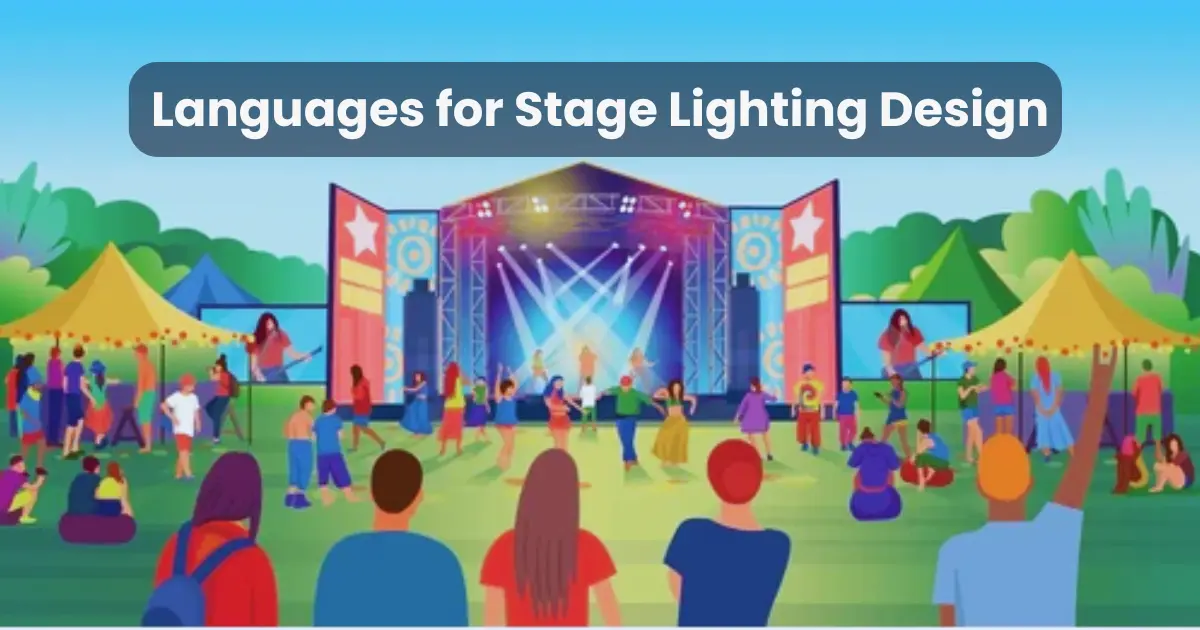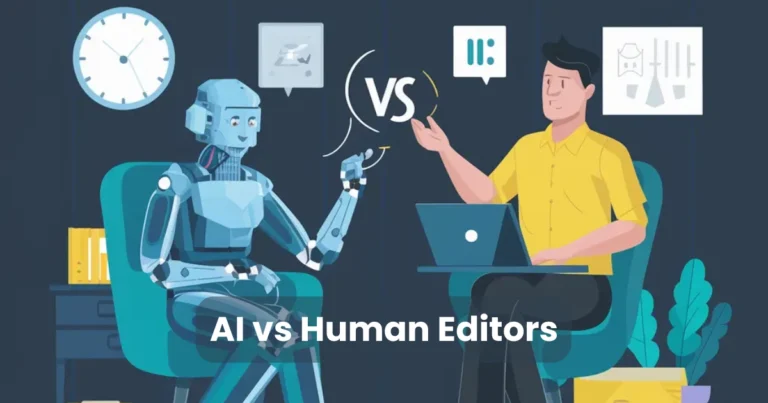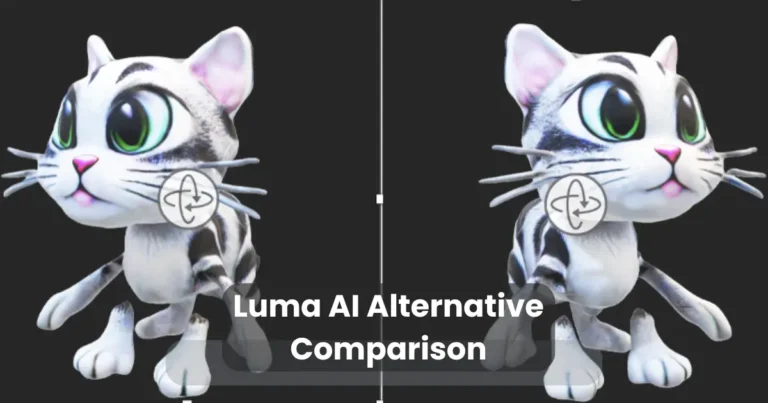Languages for Stage Lighting Design | Top Languages for Stage Lighting

Contents
Stage lighting design plays a crucial role in shaping the visual experience of theater performances, concerts, and live events. To achieve seamless control over lighting effects, professionals utilize various languages for stage lighting design to program cues, automate transitions, and synchronize lighting with other elements of the production. These programming languages allow designers to create dynamic lighting sequences, control fixtures remotely, and customize effects based on the creative vision of the show. By leveraging the right languages, lighting designers can enhance storytelling, evoke emotions, and ensure a flawless performance.
Understanding Stage Lighting Design
Stage lighting design is an essential aspect of live performances, enhancing the audience’s visual experience and reinforcing the overall mood of a production. It involves the strategic placement, movement, and intensity of lights to highlight performers, create depth, and establish ambiance.
To achieve this, lighting designers use various tools and technologies, including lighting control systems, DMX protocols, and programming languages for stage lighting design. These elements work together to automate lighting changes, synchronize effects with music and motion, and adapt to different performance styles.
Key Elements of Stage Lighting Design
- Intensity – The brightness of a light source determines visibility and focus.
- Color – Colored lighting enhances emotion and atmosphere, often achieved using gels, LEDs, or digital controls.
- Direction – The angle and position of lights affect shadowing, depth, and highlighting of performers.
- Movement – Automated lighting changes create dynamic effects, following the rhythm of performances.
- Beam Shape – The spread and focus of light beams influence the texture and impact of the lighting design.
By understanding these core elements, lighting designers can use languages for stage lighting design to achieve precision and creativity, ensuring a visually compelling show.
Why Programming Languages Matter in Stage Lighting
In modern stage productions, lighting is no longer just about switching lights on and off—it involves intricate sequences, automated transitions, and real-time adjustments. This level of precision is achieved using languages for stage lighting design, which allow designers to program complex lighting effects, synchronize with music, and create dynamic scenes.

1. Automation and Precision
Programming languages enable designers to automate lighting sequences, reducing manual control and ensuring perfect timing. With scripting, lighting cues can be triggered at precise moments, enhancing the flow of a performance.
2. Integration with Other Systems
Many stage productions require seamless coordination between lighting, sound, and visual effects. Using the right programming languages, designers can integrate lighting systems with MIDI controllers, projection mapping, and even motion tracking technologies.
3. Customization and Creativity
Unlike traditional lighting consoles, programmable systems allow unlimited customization. Designers can write scripts to create unique lighting behaviors, from gradual transitions to interactive lighting that reacts to performers’ movements.
4. Efficiency and Flexibility
Manually operating lighting for large-scale events can be challenging. With languages for stage lighting design, lighting engineers can pre-program scenes, make instant adjustments, and adapt to changes effortlessly.
By leveraging programming, lighting designers gain more control over their creative vision, pushing the boundaries of what’s possible in stage lighting.
Top Languages for Stage Lighting Design
Lighting designers rely on various languages for stage lighting design to control, automate, and synchronize lighting effects in performances. These languages help create dynamic light shows, ensuring smooth transitions and precise timing. Below are some of the most commonly used programming languages and protocols in stage lighting.

1. DMX Protocol and Its Role
DMX (Digital Multiplex) is not a programming language but a standard protocol used to control lighting fixtures. It allows multiple devices—such as LED lights, moving heads, and strobes—to be operated through a central controller. Many languages for stage lighting design integrate with DMX to send lighting commands efficiently.
2. JavaScript for Interactive Lighting
JavaScript, commonly associated with web development, is also used in stage lighting through platforms like Node.js. It enables designers to create interactive lighting effects, integrate lighting with web-based interfaces, and control fixtures remotely.
3. Python for Automation and Customization
Python is widely used for lighting automation due to its simplicity and powerful libraries. With frameworks like PyDMX or Open Lighting Architecture (OLA), lighting designers can write scripts to automate complex sequences, making Python one of the most versatile languages for stage lighting design.
4. C++ for High-Performance Control
C++ is often used in professional lighting control software due to its speed and efficiency. It allows for real-time control of lighting fixtures, making it ideal for high-performance stage productions that require millisecond precision.
5. Lua for Flexible Scripting
Lua is a lightweight scripting language integrated into many lighting consoles, such as GrandMA and ETC EOS. It provides an easy way to customize lighting effects and automate tasks without extensive coding knowledge.
6. QLC+ and Its Scripting Capabilities
QLC+ (Q Light Controller Plus) is an open-source lighting control software that supports scripting for advanced lighting effects. It enables users to write custom scripts to modify lighting sequences, making it a great tool for DIY and professional setups.
By understanding and using these languages for stage lighting design, professionals can achieve greater control, creativity, and automation in their lighting setups, enhancing the overall experience of live performances.
How to Choose the Right Language for Stage Lighting Design
Selecting the best language for stage lighting design depends on various factors, including project complexity, system compatibility, and personal expertise. Here are key considerations to help make the right choice.

1. Consider the Type of Production
Different stage productions require different levels of control:
- Concerts and Large Events – High-performance languages like C++ ensure real-time precision.
- Theater Performances – Lua or Python help automate lighting cues for seamless storytelling.
- Interactive Installations – JavaScript allows web-based control and audience interaction.
2. Check Compatibility with Lighting Systems
Ensure the language integrates well with lighting consoles and protocols such as DMX, Art-Net, or OSC. Many modern controllers support Lua, Python, and QLC+ scripting for customization.
3. Determine the Level of Automation Needed
- Basic Pre-Programmed Effects – DMX-based control systems may be sufficient.
- Advanced Automation – Python and Lua enable real-time scripting for dynamic effects.
- Custom Software Development – C++ provides full control for building proprietary lighting applications.
4. Evaluate Ease of Learning and Usability
- For Beginners – Lua and QLC+ offer simple scripting options.
- For Intermediate Users – Python is easy to learn yet powerful for automation.
- For Advanced Users – C++ and JavaScript provide high customization but require strong programming skills.
5. Future-Proofing and Industry Trends
The lighting industry is constantly evolving, with AI and real-time data integration becoming more prominent. Choosing a language with active community support, such as Python or JavaScript, ensures adaptability to future technologies.
By carefully considering these factors, lighting designers can select the most suitable language for stage lighting design, optimizing efficiency, creativity, and control over their lighting setups.
Future Trends in Stage Lighting Programming
As technology continues to evolve, the field of stage lighting is rapidly advancing, integrating new tools and techniques. Emerging innovations in languages for stage lighting design are reshaping how designers control and automate lighting effects. Here are the key trends that will influence the future of stage lighting programming.

1. AI-Powered Lighting Automation
Artificial intelligence (AI) is transforming stage lighting by enabling smart automation. AI-driven lighting systems can analyze music, movement, and real-time inputs to generate dynamic lighting effects without manual programming. Python, with its strong AI and machine learning capabilities, is playing a crucial role in this shift.
2. Real-Time Data Integration
Live performances demand greater flexibility in lighting control. Advanced languages for stage lighting design, such as JavaScript and Python, are being used to integrate lighting systems with real-time data from motion sensors, weather conditions, or audience interactions, creating immersive experiences.
3. Cloud-Based and Remote Lighting Control
Cloud technology is making it possible to control lighting setups remotely. JavaScript and web-based applications are increasingly used to develop remote interfaces, allowing lighting designers to program and adjust effects from anywhere in the world.
4. Augmented Reality (AR) and Virtual Reality (VR) Integration
With the rise of AR and VR in entertainment, lighting programming is adapting to work in virtual environments. C++ and Lua are being utilized in game engines like Unreal Engine and Unity to create realistic lighting simulations for both virtual and live performances.
5. Enhanced Open-Source Lighting Control
The demand for customizable and cost-effective lighting solutions has led to the growth of open-source platforms like QLC+ and Open Lighting Architecture (OLA). These platforms, which support Python and Lua scripting, allow designers to create personalized lighting systems without relying on expensive proprietary software.
6. Interactive and Gesture-Controlled Lighting
Advancements in motion tracking and gesture recognition are pushing lighting design beyond traditional controls. JavaScript and Python are being used to develop interactive lighting setups that respond to performers’ movements, making live shows more engaging and immersive.
By keeping up with these trends and utilizing modern languages for stage lighting design, professionals can stay ahead in the industry and create cutting-edge lighting experiences.
Conclusion
The evolution of languages for stage lighting design has revolutionized the way lighting professionals control and automate stage effects. From traditional DMX protocols to advanced scripting with Python, JavaScript, and C++, these programming languages allow for greater precision, creativity, and efficiency in live performances.
By selecting the right language based on production needs, system compatibility, and automation requirements, lighting designers can optimize their workflows and enhance audience experiences. Additionally, emerging trends such as AI-driven automation, real-time data integration, and cloud-based control are shaping the future of stage lighting, making programming skills more essential than ever.
As technology continues to advance, mastering languages for stage lighting design will remain a crucial skill for lighting professionals, ensuring they can adapt to new innovations and push the boundaries of creative stage productions.






